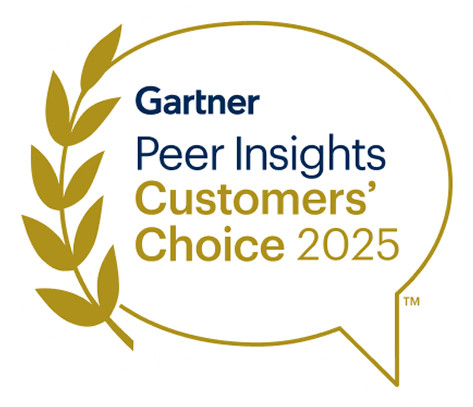8 Holiday Data Security Tips for Businesses
As the end of the year approaches and the holiday season brings a slight respite to many businesses, it's the perfect time to review and strengthen your data security practices. With fewer employees in the office and a natural dip in activity, the holidays present an opportunity to take proactive steps that can safeguard your organization in the new year. From revisiting access permissions to guarding sensitive data access during downtime, these tips will help you ensure that your data remains protected, even when things are quieter.
Here's how you can bolster your business’s security efforts before the year ends:
- Review Access and Permissions Before the New Year
Take advantage of the holiday downtime to review data access permissions in your systems. Ensure employees only have access to the data they need, and revoke permissions for users who no longer require them (or worse, are no longer employees). It's a proactive way to start the new year securely. - Limit Access to Sensitive Data During Holiday Downtime
With many staff members out of the office, review who has access to sensitive data. Temporarily restrict access to critical systems and data for those not on active duty to minimize the risk of accidental or malicious data exposure during the holidays. - Have a Data Usage Policy
With the holidays bringing a mix of time off and remote work, it’s a good idea to revisit your data usage policy. Creating and maintaining a data usage policy ensures clear guidelines for who can access what data, when, and how, especially during the busy holiday season when staff availability may be lower. By setting clear rules, you can help prevent unauthorized access or misuse, ensuring that your data remains secure throughout the holidays, and all the way to 2025. - Eliminate Unnecessary Data to Reduce Shadow Data Risks
Data security risks increase as long as data remains accessible. With the holiday season bringing potential distractions, it's a great time to review and delete any unnecessary sensitive data, such as PII or PHI, to prevent shadow data from posing a security risk as the year wraps up with the new year approaching. - Apply Proper Hygiene to Protect Sensitive Data
For sensitive data that must exist, be certain to apply proper hygiene such as masking/de-identification, encryption, logging, etc., to ensure the data isn’t improperly disclosed. With holiday sales, year-end reporting, and customer gift transactions in full swing, ensuring sensitive data is secure is more important than ever. Many stores have native tools that can assist (e.g., Snowflake DDM, Purview MIP, etc.). - Monitor Third-Party Data Access
Unchecked third-party access can lead to data breaches, financial loss, and reputational damage. The holidays often mean new partnerships or vendors handling seasonal activities like marketing campaigns or order fulfillment. Keep track of how vendors collect, use, and share your data. Create an inventory of vendors and map their data access to ensure proper oversight, especially during this busy time. - Monitor Data Movement and Transformations
Data is dynamic and constantly on the move. Monitor whenever data is copied, moved from one environment to another, crosses regulated perimeters (e.g., GDPR), or is ETL-processed, as these activities may introduce new sensitive data vulnerabilities. The holiday rush often involves increased data activity for promotions, logistics, and end-of-year tasks, making it crucial to ensure new data locations are secure and configurations are correct. - Continuously Monitor for New Data Threats
Despite our best protective measures, bad things happen. A user’s credentials are compromised. A partner accesses sensitive information. An intruder gains access to our network. A disgruntled employee steals secrets. The holiday season’s unique pressures and distractions increase the likelihood of these incidents. Watch for anomalies by continually monitoring data activity and alerting whenever suspicious things occur—so you can react swiftly to prevent damage or leakage, even amid the holiday bustle. A user’s credentials are compromised. A partner accesses sensitive information. An intruder gains access to our network. A disgruntled employee steals secrets. Watch for these anomalies by continually monitoring data activity and alerting whenever suspicious things occur - so you can react swiftly to prevent damage or leakage.
Wrapping Up the Year with Stronger Data Security
By taking the time to review and update your data security practices before the year wraps up, you can start the new year with confidence, knowing that your systems are secure and your data is protected. Implementing these simple but effective measures will help mitigate risks and set a strong foundation for 2025. Don't let the holiday season be an excuse for lax security - use this time wisely to ensure your organization is prepared for any data security challenges the new year may bring.
Visit Sentra's demo page to learn more about how you can ensure your organization can stay ahead and start 2025 with a stronger data security posture.
<blogcta-big>











.webp)
.webp)


